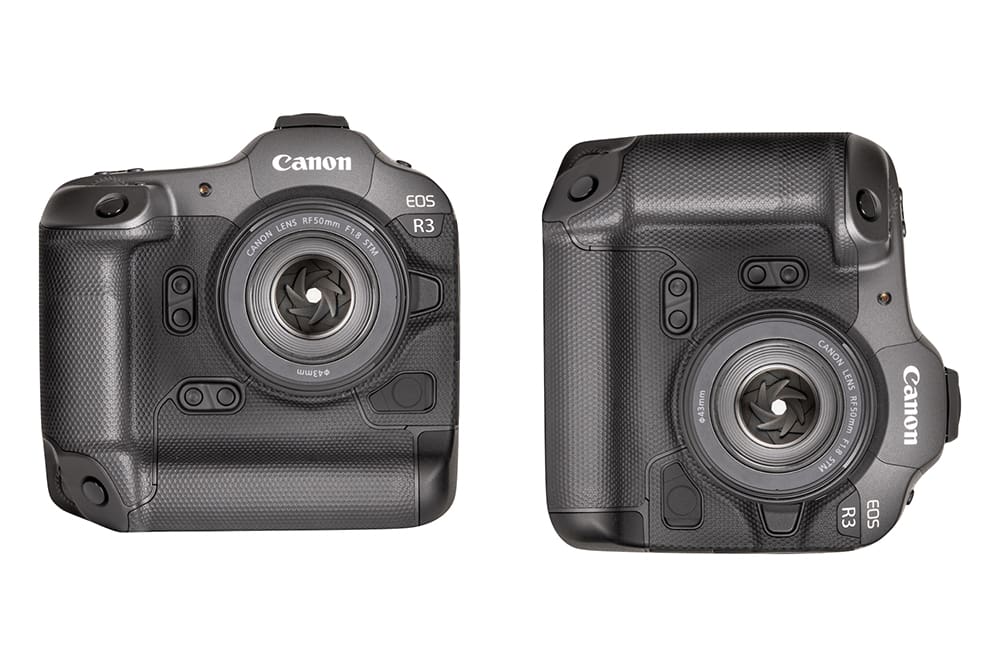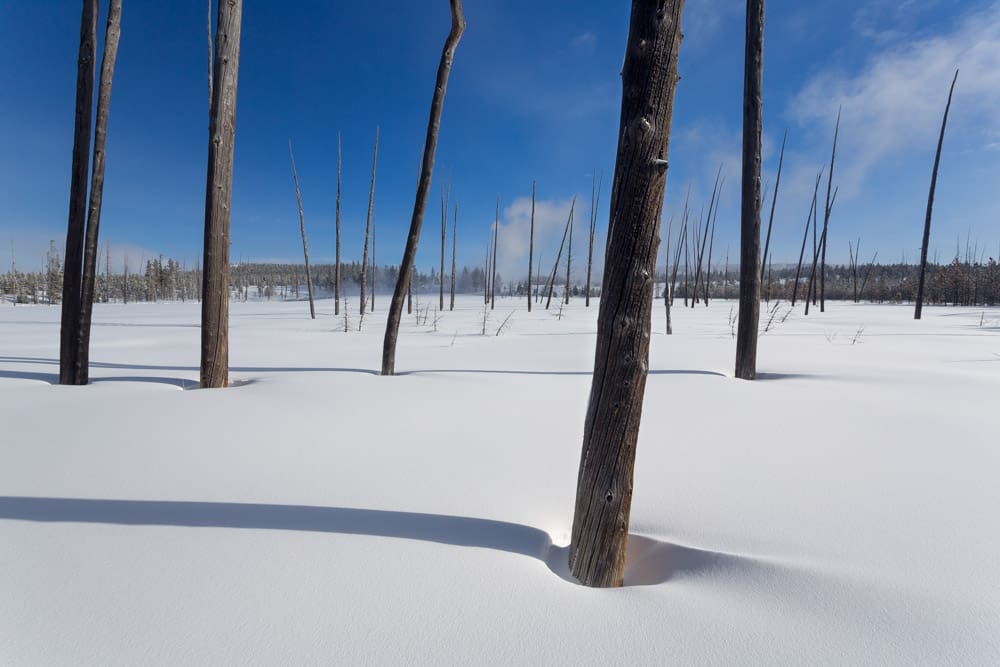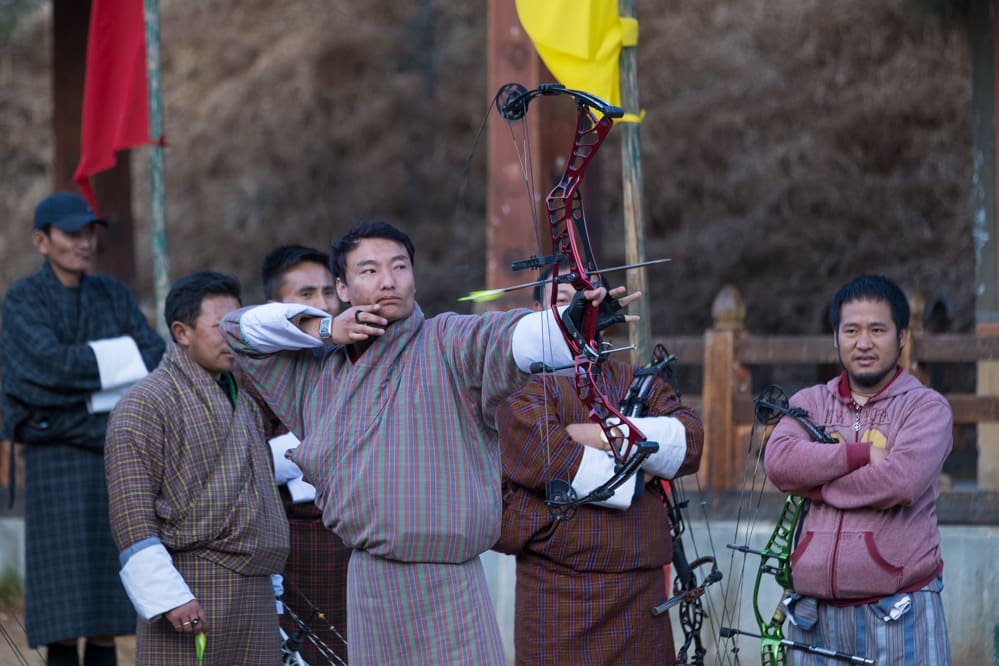It’s time again for my yearly Camera Buyer’s Guide with loads of information for everyone looking at new cameras. While several new exciting models have entered the market in the last 12 months, the general trends remain the same — mirrorless cameras dominate and DSLR dwindle.
If you own and use DSLR equipment I’d suggest you think about the future and maybe plan your exit strategy. There may be some of you that have a DSLR and are perfectly happy with it and the accompanying lenses; if so that’s great. Just be aware that we’re likely not to see anymore significant new DSLR bodies and lenses, ever. If you are thinking about moving to mirrorless, I believe it’s better to move now rather than waiting any longer.
Nikon and Canon, the two largest DSLR producers, have only introduced a combined one (1) new camera in the last 3 years. New lenses from Canon and Nikon, for their DSLR systems have also dried up with only three (3) new lenses over the last 3 years. Meanwhile, the catalog of available lenses is rapidly dwindling as both primary and third party manufacturers discontinue multiple models every year.
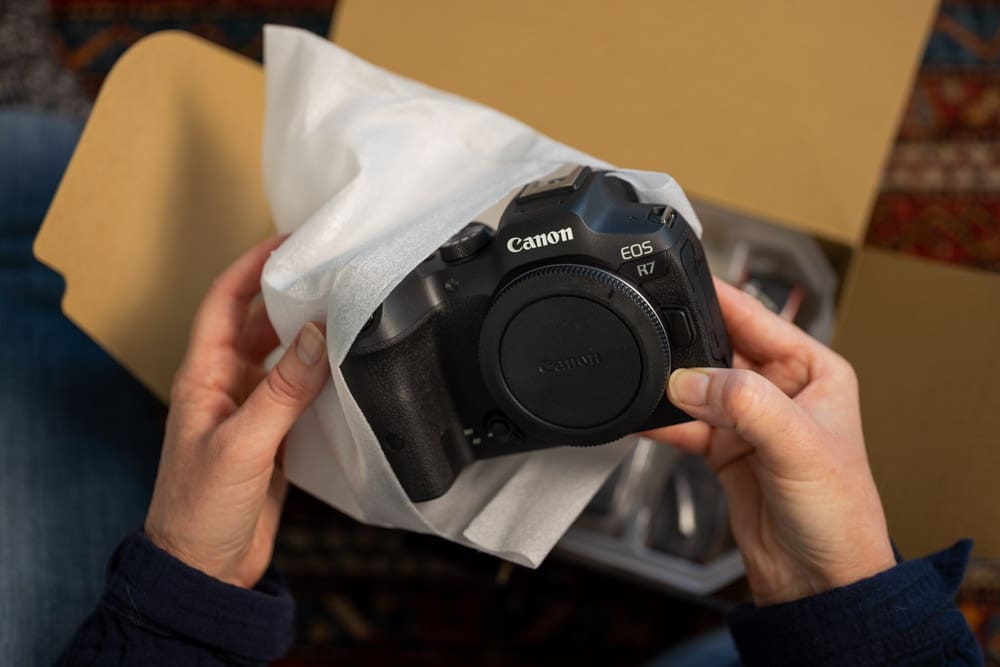
Canon and Nikon’s new mirrorless systems are rapidly adding new cameras and lenses. Of course the other mirrorless manufacturers like Sony, Fujifilm, Panasonic, and OM System (formerly Olympus) continue to expand their extensive line of mirrorless bodies and lenses.
Upscaling
While we have seen a few new models on the more affordable end of the spectrum, the trend to more expensive cameras continues. The ever improving smart phone has decimated the point-and-shoot market and has now eaten away at the low-end of the interchangeable lens market. Getting into an entry-level camera and lens system is very hard to do for less than $1,000 USD.
Many of the latest and most exciting cameras are in the $2,000 to $4,000 price range. For those that can afford it, this new “mid-range” features some very exciting cameras from all the manufacturers. A few of my favorite new models are the Sony A7IV, Fujifilm X-H2S, X-H2 & X-T5, Canon R3, and OM System OM-1.
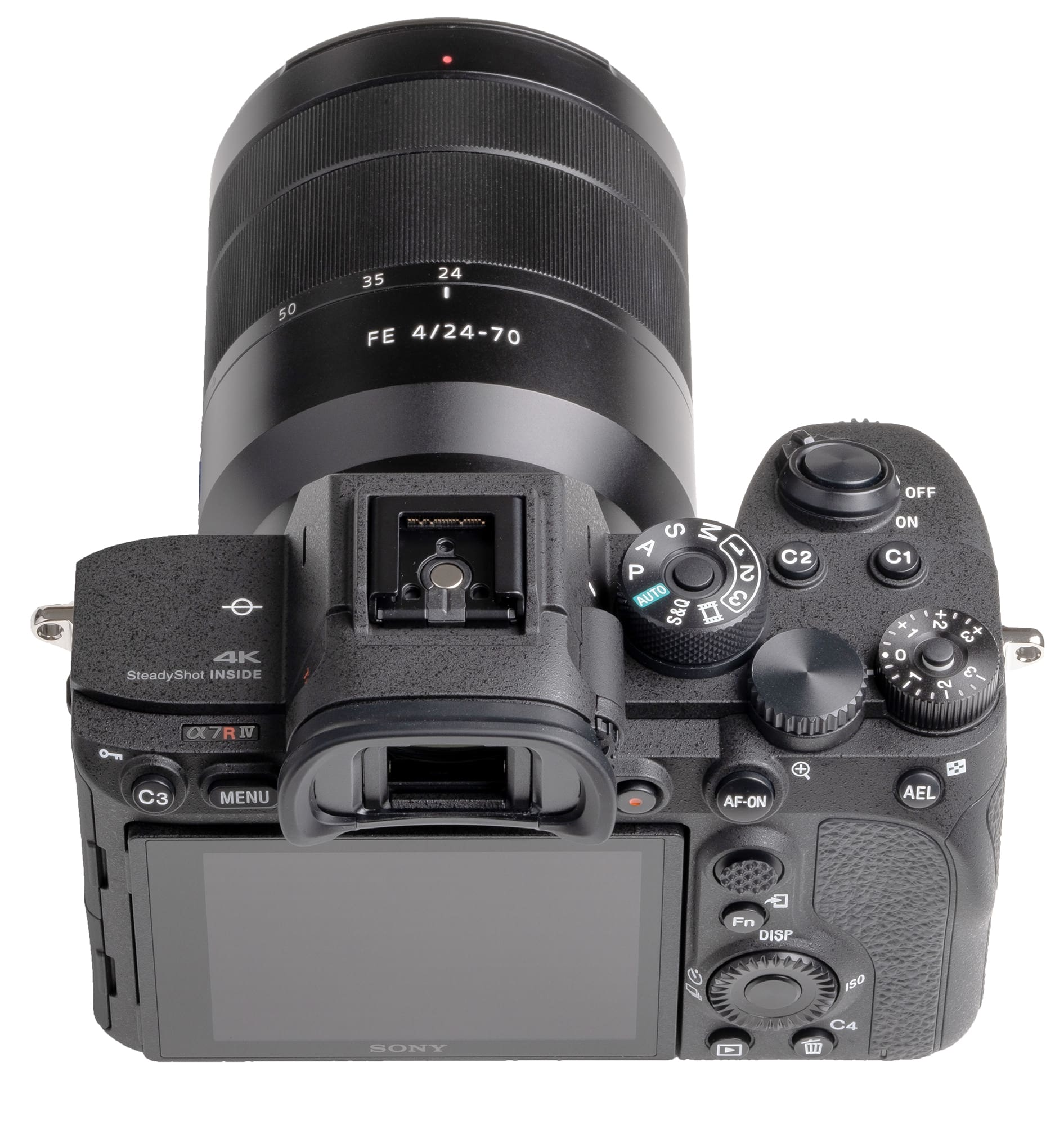
Stacked Sensor
Advancements in sensor technology are having a profound impact on the high-end cameras. These new sensors, which are incredibly fast in their recording and read-out speeds, allow for image capture without the traditional shutter, and the resulting vibration and noise. The real-world advantage of these new sensors is the exceptionally high frame rates — 30–195 FPS while maintaining a black-out free viewing experience. Only a few cameras have this new stacked sensor at the time of publication: Nikon Z9, Canon R3, Sony A1 & A9 II, Fujifilm X-H2S, and OM System OM-1.
While we are likely to see more cameras offer this technology, it’s still an expensive option that will likely be regulated to mid- and higher-end cameras. While this technology is game-changing for some, for others it may not make that much of a difference. It’s only if you shoot rapid action using your high speed motor drive that you will notice a big difference.
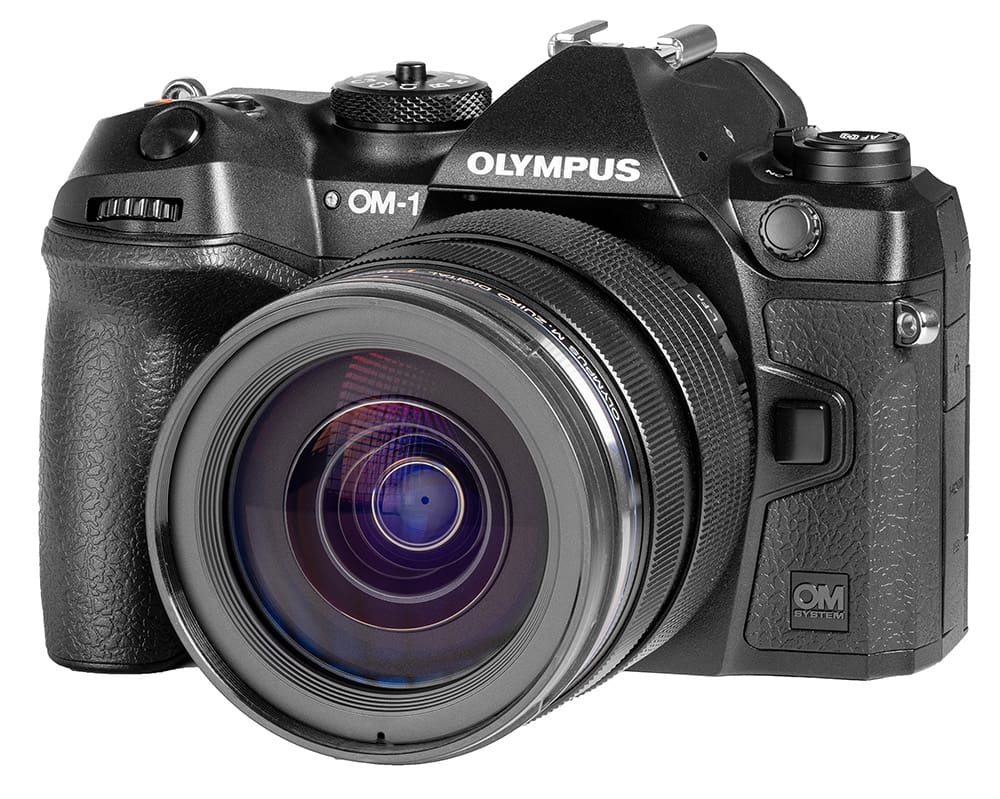
New Layout for this Guide
The 2023 Camera Buyer’s Guide will have a slightly new layout going forward. The first section, Camera Fundamentals, will take new photographers through all key factors about camera types and the various features to be aware of. The second section of the guide will feature specific system and camera recommendations. This section will look at the available systems and highlight the pros and cons of each before diving into specific recommendations.
Since it’s impossible to recommend a camera without knowing how it’s going to be used, different categories have been created based on unique criteria. Each category will feature three cameras that would excel in that particular genre. Here are the recommendation categories:
- Unofficial Family Photography
- Budget Minded
- Student (crop-frame)
- Aspiring Student (full-frame)
- Urban Dweller
- Future Pro
- Filmmaker
- Vlogger
- Landscape Pro
- Weekend – Sports Shooter
- Pro Mirrorless – Sport Shooter
- World Traveler
- Adventure Trekker
Are there any major categories that you don’t see that you would like to have added in future guides? If so, please list them in the comments.
How I Found my First Camera
Way back when I was getting started in photography I asked my dad if he’d go with me to visit some camera stores to look at cameras. I wanted him to go along with me because I had a feeling that as an 18-year-old kid, I wouldn’t be taken seriously.
Way back in those days Seattle was home to more than a dozen different camera shops. Dad and I went downtown where there was the largest concentration of shops, and started visiting them one by one. Each place had their own style and specialization, some were old-school, some specialized in photo processing, some were general outdoor gear shops, and one specialized in only used gear.
I had previously asked my photography instructor what brand was the most popular among professional photojournalists and the definitive answer was – Nikon. So knowing I was looking for a Nikon helped narrow the field; at least a little bit.
Walking into Camera’s West on 4th Avenue in downtown Seattle, right below the giant “Camera’s West” sign that could be seen a half mile away seemed liked a good start. Perhaps the most famous store in Seattle, the place was hopping; pros, amateurs, everybody shopped at Camera’s West.
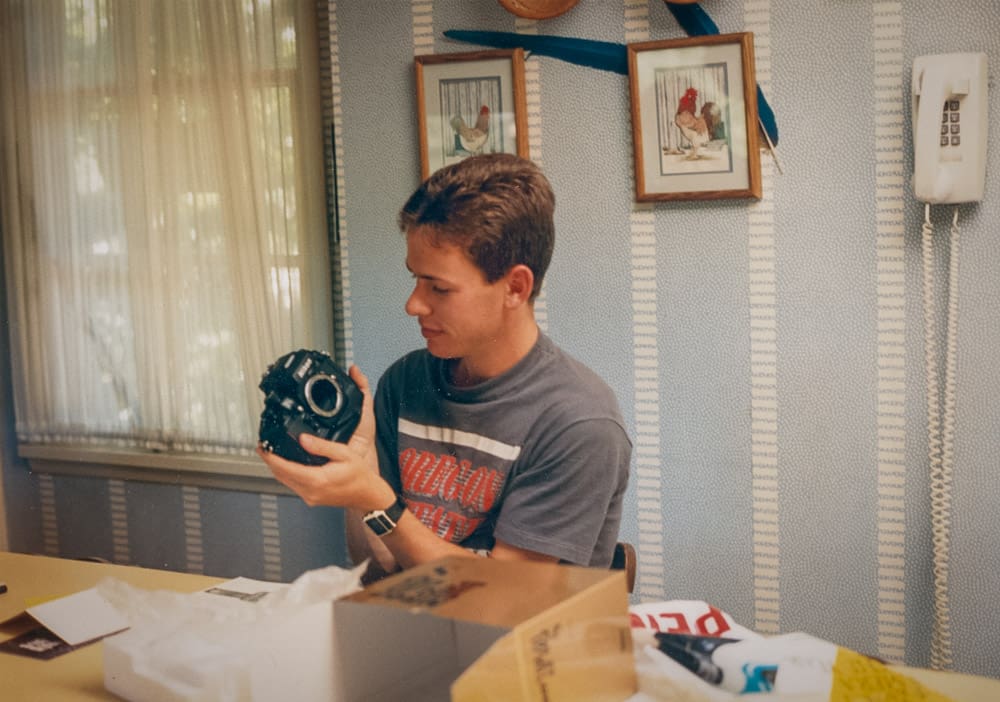
purchased at a local camera store, I was very excited to try out my new Nikon F4s.
This wasn’t my first camera purchase, but my first big one!
Photo Credit: Irving Greengo (1989)
Strolling up to the counter with Dad as my wingman I told the sales person I was only interested in Nikon and that I wanted what the professionals were using. I was handed a beautiful black metal body, with crisp controls, a large viewfinder and a smooth focusing lens. I certainly didn’t know what all the dials were for, but boy did it look cool.
The sales person then informed me that it got better when I added the “motor drive.” I wasn’t 100% sure about what it did, but it sure looked cool. When the drive was added to the body and I was allowed to fire off a series of shots — Oh My — both my eyes nearly popped out of my skull. “That is the coolest sound – ever!” I was in love.
“What exactly is this, and how much is it going to cost me” I asked. The sales person replied “It’s a Nikon F3 camera with an MD-4 motor drive, the camera will cost you $700 and the drive another $400”. I was devastated. I gently handed the camera back, said thank you and told Dad that we needed to leave — right now.
When we got outside I clearly remember trying to digest the idea that a camera was $700, and that didn’t include all the lenses that I would need to buy. Dad asked my what my budget was and I responded $400, for body, lenses and everything else.
When we visited the next store, we started to inquire about lower priced Nikons. Eventually I found my way to the bottom of the Nikon line, the N2000 at $220. It wasn’t an F3, but it did have a built-in motor drive and sounded pretty cool, for the money. I eventually purchased the N2000 with a Tokina lens package (35-70mm, 70-200mm, and a 1.4x tele-converter) all for $400.
The camera ended up working quite well for an apprentice like myself and I even kept it around as a back up camera for quite some time. I couldn’t afford what I really wanted, but what I could afford worked out quite well.
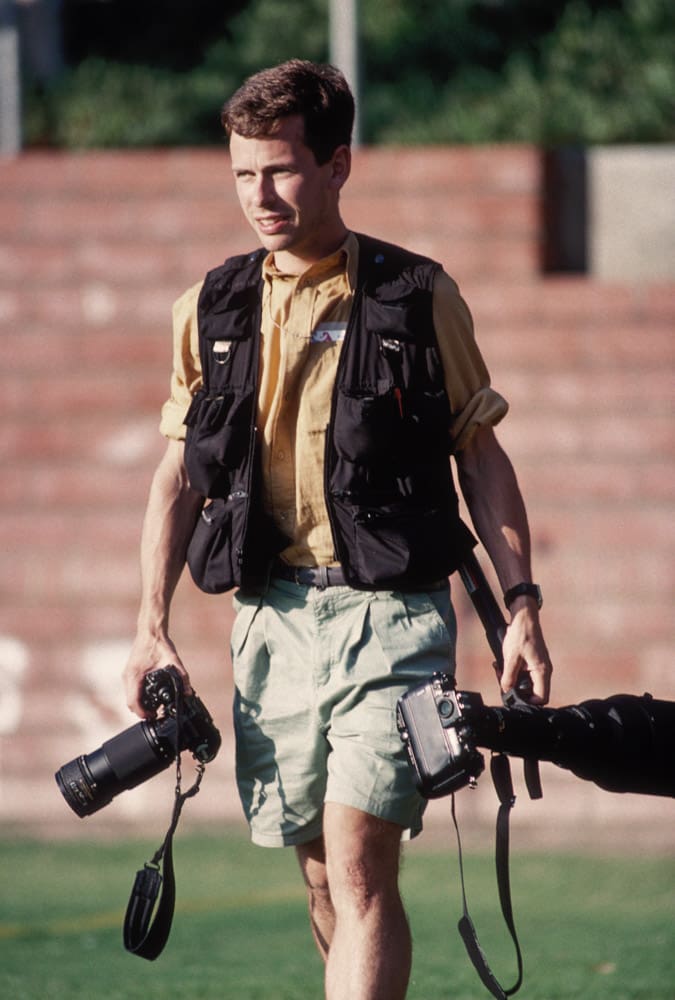
I made good use of my new camera, especially here at the
sports illustrated photography workshop (Los Angeles 1992)
Photo Credit: workshop participant
The Camera Store
I still love camera stores, it’s just that there are so few these days to love. Here in Seattle we are lucky enough to have two great stores — Glazer’s Camera and Kenmore Camera. Both are places that I regularly teach in-person classes at, and of course ask to look at cool equipment.
The camera, is in essence, a hand tool, so knowing how it feels in your hands should be a pretty important thing. The quality of the viewfinder is also something that can only be appreciated in person. If you have the opportunity to visit and work with a good camera shop I encourage you to do so. I’m so grateful for the photography stores that have survived because they are a valuable resource for all of us.
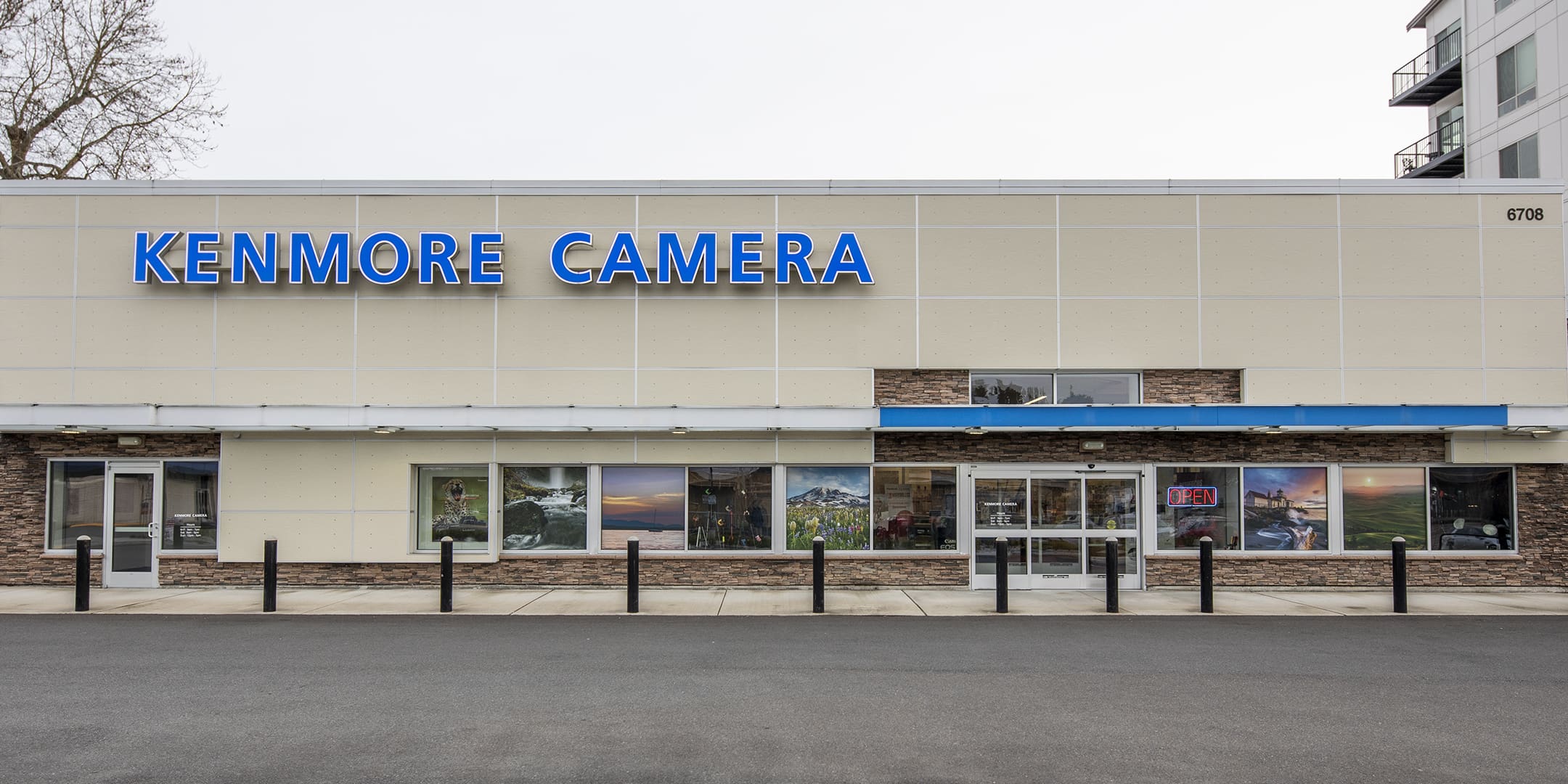
Kenmore Camera — established 1974 (Kenmore, Washington)
I encourage you to find out where your nearest camera shop is and visit it, if you haven’t ever done so. Whenever I’m traveling I always seek out camera shops, because they are frequently quite unique, and fun to spend time in.
What is your favorite camera store and where is it?
Become part of John’s inner circle
Sign up for the newsletter here — it’s free.
Want to become a better photographer?
Check out John’s selection of photography and camera classes here.
